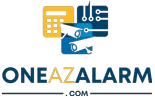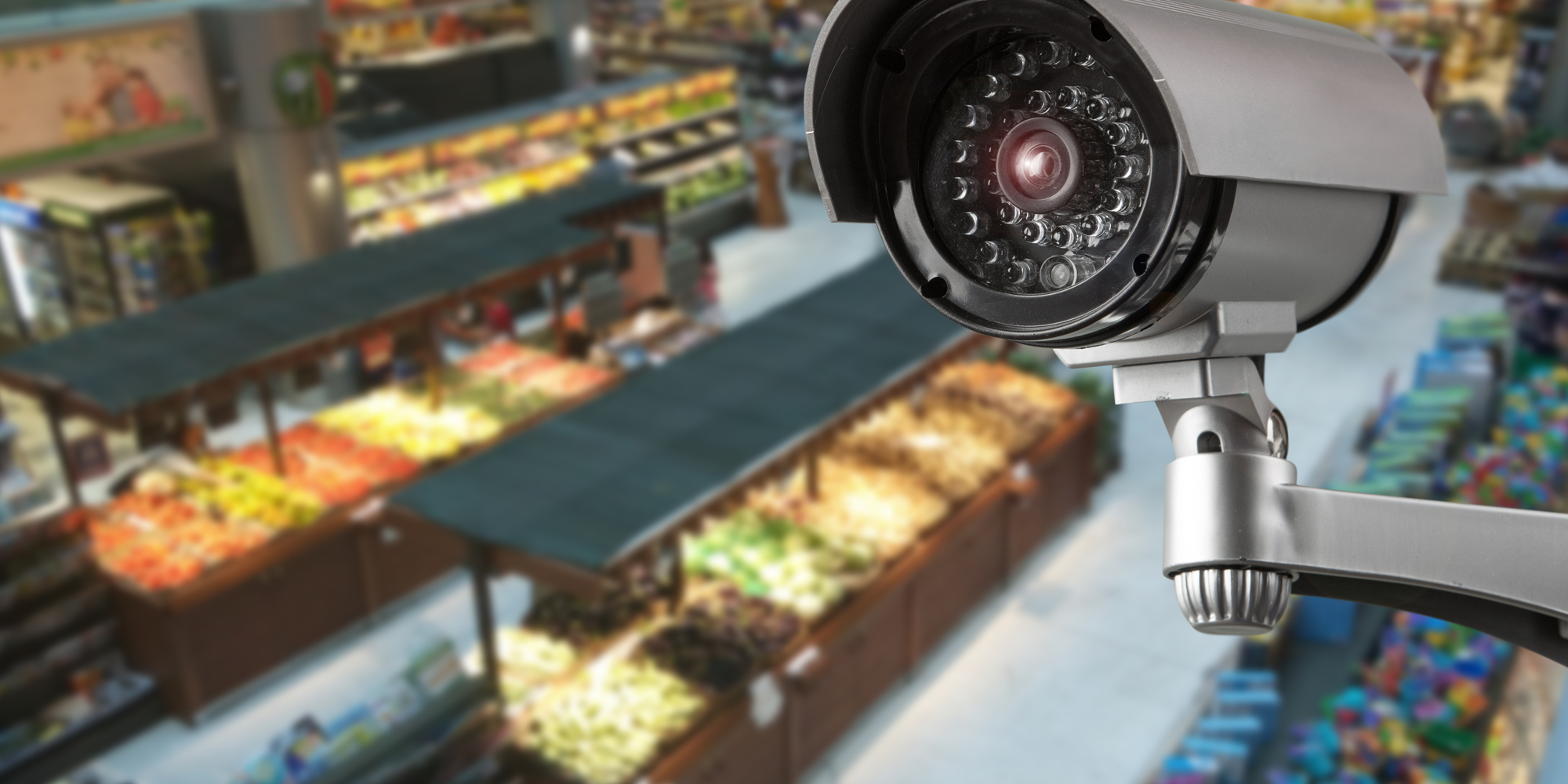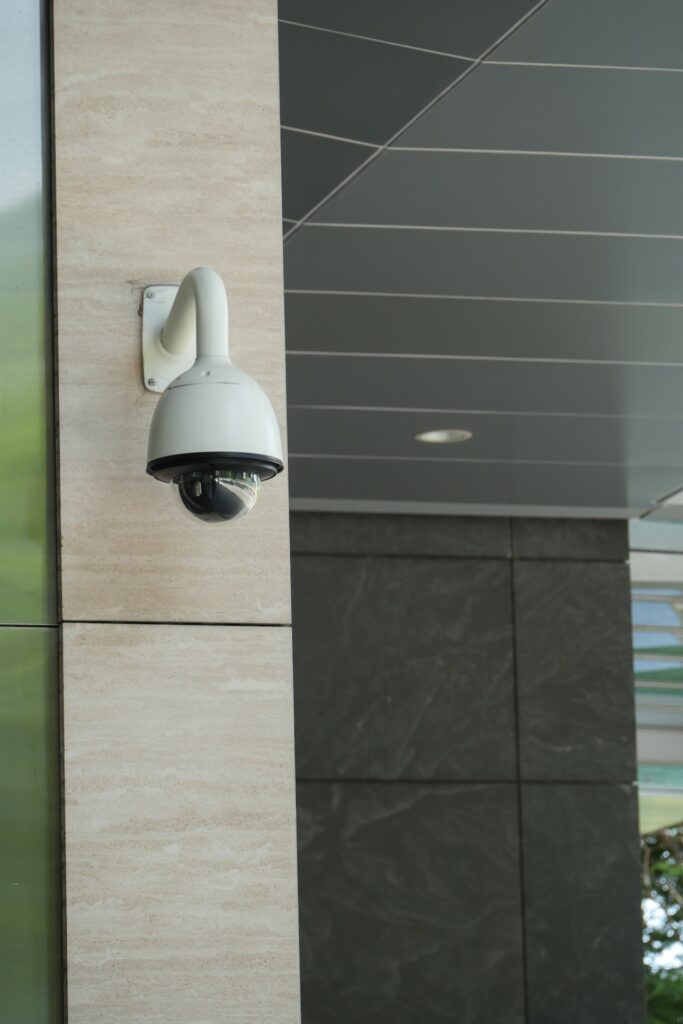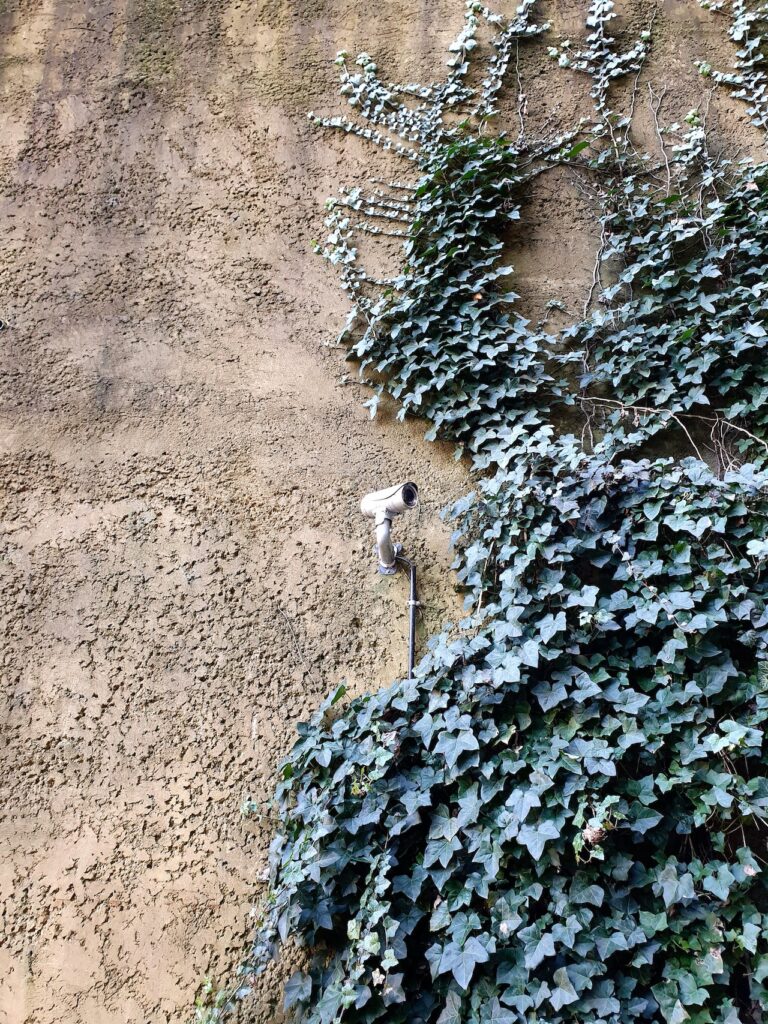Where to Place Security Cameras
Where in your home you should place security cameras:
1. Exterior: Front door
You might believe that burglars always enter a home through the back or the side door. Still, according to research by the International Association of Certified Home Inspectors, only 34% of burglars break into a home through the front door. It is also a location that is frequented by thieves who steal packages. Suppose you install a camera at the primary entrance of your home. In that case, you can monitor everyone who enters and exits the property, from members of your own family and babysitters to maintenance workers, delivery people, and others. (Here’s a helpful hint: video doorbells are excellent investments for the front door. You can use them as the primary camera or with another outdoor camera pointed at the yard or garage however you see fit.
2. On the exterior, the rear, and the side doors
Doors not in plain view allow visitors to enter undetected, regardless of whether or not they have been invited. According to statistics, 22% of burglaries occur through the back door. Installing surveillance cameras on your secondary doors is the best way to track who comes and goes from your home. It is imperative to do this if any of your secondary doors are used as frequently as or more often than your primary entrance or if any of them, such as a basement door, appear to be alluring or accessible to a potential intruder.
3. The exterior, specifically the garage and the driveway
Burglars frequently target garages because they provide one of the most vulnerable entry points. Your bicycles, tools, grills, sporting goods, automobiles, and anyone who handles them are under close surveillance by a camera pointed at your garage and/or driveway. The camera helps you feel less isolated if your garage is in a separate building. If your garage is connected to the house, the additional layer of security monitors a second door that one could use to enter the house. If there is a gate at the end of your driveway, installing a camera there can help you identify anyone trying to gain access to your property.
4. Exterior: Yard
Keeping an eye on the yard will allow you to detect and identify anyone who comes to look at your home from the street. It is also helpful for recording the activities of trespassers, animals, and children.
Installing security cameras in a familiar place at home, such as the kitchen or living room, is an excellent way to monitor household help, such as cleaners and repairers, as well as to observe whether or not the children are following the rules of the household, whether or not the babysitter is paying attention to the children, what the pets are getting into, and so on. Consider prioritizing any rooms with large windows on the ground floor. This will allow you to monitor whether or not anyone tampers with the windows or uses one as a point of entry.
6. Location inside, either the main stairwell or the hallway
Installing surveillance cameras in areas of high foot traffic inside your house makes it more difficult for people to sneak around without being seen. Even if someone breaks into the house through an unmonitored area such as a bathroom, bedroom, or other room, they will still be caught on camera if they move around the rest of the house.
In this place, security cameras should under no circumstances be installed:
Locations that intrude on the personal space of your neighbors
Although cameras are an excellent addition to your home’s security system, it is essential to remember that others in the neighborhood value their right to personal privacy. The specific laws that pertain to cameras and privacy vary from state to state. Therefore, it is prudent to check local laws (and with the local homeowners association) to ensure that you won’t be required to remove the cameras after installation. Homeowners are permitted to have outdoor security cameras that cover a large area. It is generally acceptable to capture your neighbor’s public-facing property in the background of your footage.
In general, homeowners can have outdoor security cameras covering a broad area. If your security camera captures areas where your neighbors expect privacy (for example, if your cameras can see into their bedrooms or bathrooms), or if you use the footage for purposes other than security, you could run into legal complications. Remember that these guidelines only apply when video surveillance is present. Under most circumstances, recording audio without the subject’s knowledge and consent is illegal.
There are also bathrooms and bedrooms.
It is natural to feel the need to keep a watchful eye on any young children or elderly family members living in your home. On the other hand, there is a reasonable expectation of privacy in specific locations. In addition, if you use a monitoring service, you risk having a hacker break into a camera with access to your areas of the home or business. The good news is that there are a lot of options available. It is a good idea to have a baby monitor in the bedrooms of very young children. Motion detectors and glass break sensors are two types of sensors that can be installed on doors and windows as part of a connected home security system. Seniors should strongly consider purchasing their medical alert systems.
Ensure that the positioning of your camera is optimal for both function and visibility.
After determining which areas require surveillance, the next step is to devise a plan for where to place the security cameras to cover those areas adequately.
Positioning recommendations for surveillance cameras in the open air:
Place the security cameras at eight to ten feet from the ground. This height is suitable for observing minute particulars while also being high enough to prevent theft and vandalism without difficulty.
When using cameras, avoid pointing the lens directly at the sun. Glare and high contrast in your footage make it challenging to discern what occurs because bright light causes these effects. Consider the path the sun will take throughout the day, and position your cameras to capture indirect light.
Decide the camera’s visibility. It can either be exposed or concealed. Visible security cameras are an effective deterrent against burglaries. However, thieves and vandals may target them as potential targets for their crimes. Some property owners decide to conspicuously install a fake decoy camera and support it with a real one that is slightly more concealed. In contrast, others surround the camera with heavy-duty hardware or casing, making damaging it more difficult.
Cover the camera to prevent damage from the weather. The best weather and waterproofing protection can be found on top outdoor security cameras, but not all are created equal. Choose a camera with a rating appropriate for your current weather conditions. If possible, set it up to be partially shielded from the elements.
Guidelines for the placement of security equipment inside
It would be best if you made friends with the corners. The corner of a room is typically the best location to hang an indoor camera. This is because it provides the broadest possible field of view.
Windows can cause problems with reflections. A camera’s image quality may suffer if you point it out the window. Numerous security cameras are equipped with infrared light technology. It helps them detect motion and function even when little light is available. Infrared light can obscure your footage, mainly when it’s dark if it reflects off glass surfaces such as windows and other objects. If the content of your video appears to be washed out or whited out, the problem is most likely caused by reflections.
Suppose you need to point a camera out the window. In that case, you can try positioning the lens as close to the glass as possible and/or backlighting the outdoor area (perhaps with motion detector lights). Both of these strategies are designed to reduce glare. This can be an additional benefit if your camera has comprehensive dynamic range technology.
Position for light to enter from the side. Once more, direct sunlight will cause your footage to become unrecognizable. When using cameras indoors, you must know the lamps, light fixtures, and bright windows. Ensure you don’t point your camera directly at these different light sources.
Advice on the installation of security cameras
If you follow these installation rules, you will likely avoid some headaches.
Perform some tests on your apparatus before going ahead with the complete installation. Ensure the camera works properly by putting it through its paces in a straightforward testing environment. If possible, carry out a test run in the area where the camera will be permanently installed (mounting it with tape, a single nail, or some other temporary fix) so that you can monitor and evaluate the feed. Are you able to see everything that you have on your list? Is there sufficient strength in the Wi-Fi signal? Is there a glare or an obstruction that prevents you from seeing clearly?
When installing your camera, it’s best to avoid using any hardware or tools that could potentially cause damage to its internal components. The temptation to improvise with the camera settings is strong when trying to achieve the ideal shooting position. However, you should avoid actions that strain or break the lens, the electrical components, or the casing.
Keep in mind that the camera will require some regular maintenance and cleaning. Due to their location, outdoor cameras’ lenses are especially susceptible to becoming soiled with dirt or pollen. Installing it in a manner that renders it impossible to maintain is unacceptable.
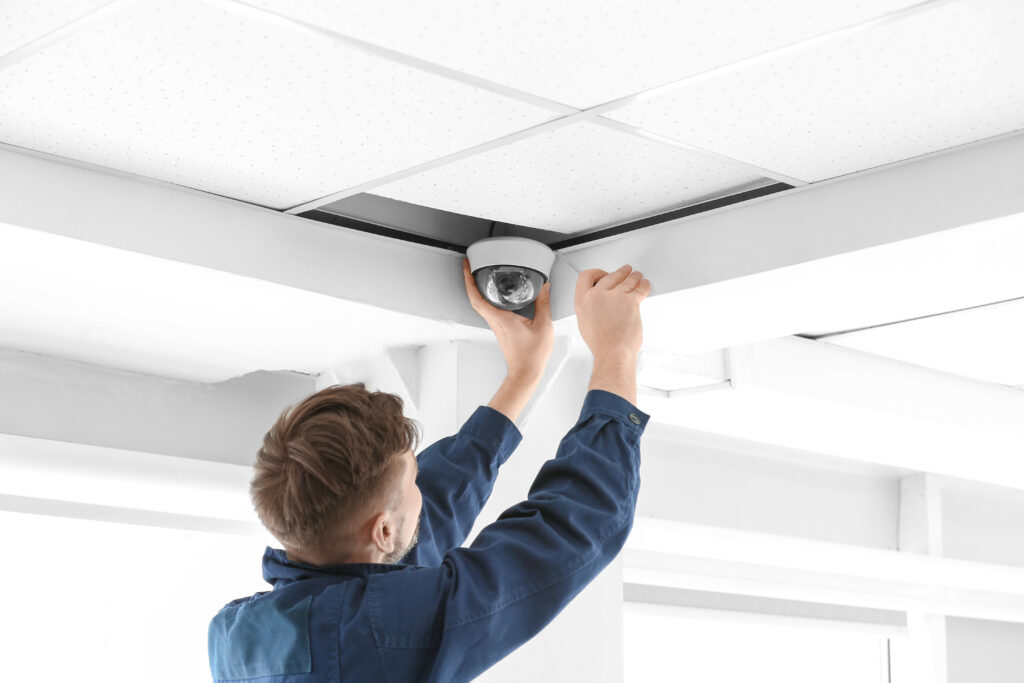
Should you put money into security cameras that are installed by a professional?
You must determine whether you’ll install your surveillance cameras or pay for professional installation. Suppose the information in this article or the instructions provided by the manufacturer makes you feel completely overwhelmed. In that case, you don’t need to take on this challenge alone. However, over time, these devices have become more approachable and accessible. Furthermore, they are frequently designed for straightforward self-installation.
Installation of security cameras that the user will be responsible for monitoring themselves (as opposed to professionally monitored security systems) is typically the most straightforward. Most of these cameras can communicate with one another using Wi-Fi and only require direct wiring to their power supply. The use of batteries is common every day in cameras of a smaller size, such as video doorbells and peephole cameras. It makes them even more straightforward to operate. Installing outdoor security cameras can be more complex than doing so inside the home, particularly if the house’s exterior has a limited number of power sources, you do not have many tools, or you are concerned about altering the appearance of your home. In such situations, you might consider hiring a professional who has previously worked on camera installations.
Professionals will ensure security cameras are installed in the right place.
Lastly, there are some situations in which you won’t be able to set up your surveillance cameras. Many of the most reputable companies selling monitored home security systems require installation by trained professionals. It is to guarantee that everything is set up correctly. In these situations, a trained technician will leave your home to relieve you of this responsibility entirely. Many do-it-yourself options are available if you want a security system monitored by a professional but are determined to handle everything independently.

